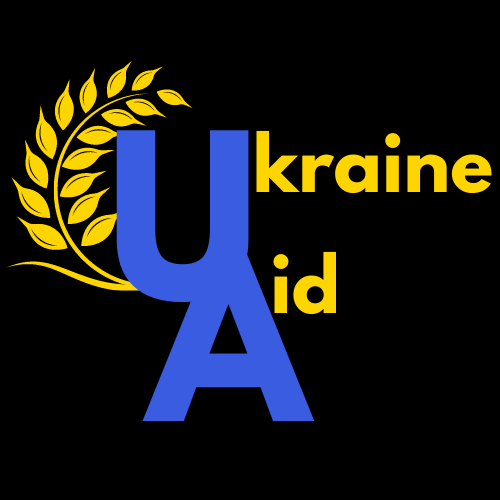Post-War Ukraine
A Re-emergent and Transformed Modern State
Upon termination of the war, Ukraine will launch vigorous programs to rebuild and transform its economic, political, and social infrastructure to achieve its potential to become a key country in Europe.
The valor, resilience, and determination demonstrated by Ukrainians, will have earned Ukraine entry into the European Union and NATO. Ukraine’s focus on reforming rule of law and corruption issues, a legacy of the Soviet era, will help pave the way to entry. As a member of the European Union, Ukraine would become the largest country in the EU by geographic size edging France out of the first position. Ukraine, with a population of 40 million would be fifth in population among the 27 member states. Ukraine's pre-war agricultural commodity exports at $27.8 billion would place Ukraine after only the Netherlands, a re-exporter of agricultural products and producer of high-value horticultural products, France, Germany, Spain, and Italy. Combined with a strong manufacturing base, and growing digital technology capacity, and the potential to be a net energy exporter Ukraine is poised to become a powerful contributing member of the EU and the world economy.
Transforming the infrastructure, energy sector and digital technology sectors along with the manufacturing and agricultural base will require extensive capital investment. This investment will come from a variety of sources. Estimates vary with total investment required approaching $700 billion over ten years. The application of frozen Russian assets held by the western economies to the rebuilding of Ukraine amounts to some $300 billion representing a significant portion of investment required. Private sector investment from around the world plus international donor support from multi-lateral sources like the World Bank and European Bank for Reconstruction and bi-lateral sources, and an international private donor base will augment reconstruction funds.
Rebuilding the extensive war damage has already begun in liberated areas along the northern front in Kyiv and Kharkiv. Nearly 1.5 million housing units have been damaged or destroyed. Along with approximately 12 percent of hospitals at 225, over 3,000 educational facilities, and 108 churches. The transportation and energy sectors have undergone extensive damage. The reconstruction will repair aging infrastructure and contribute to the overall economic development.


